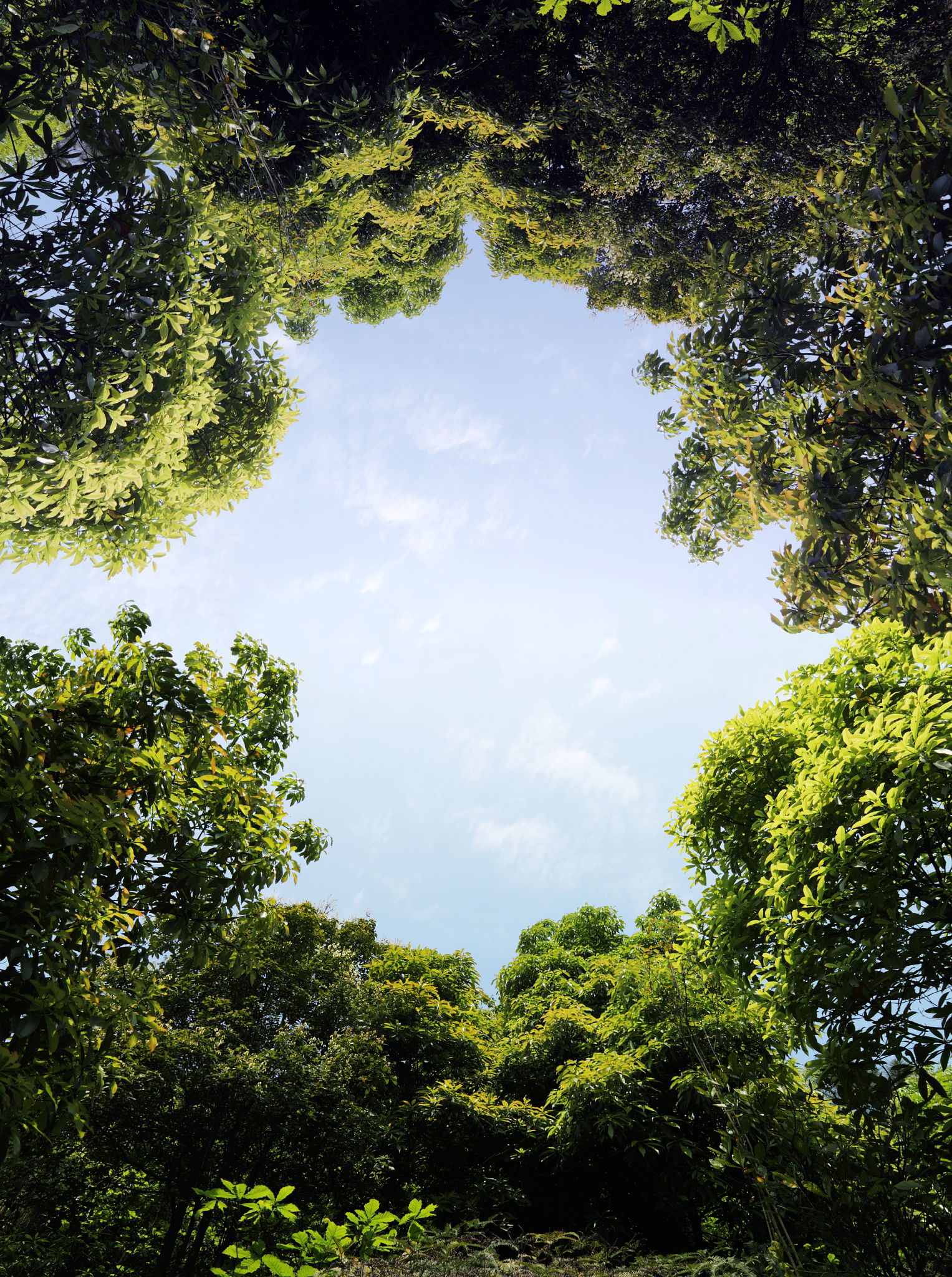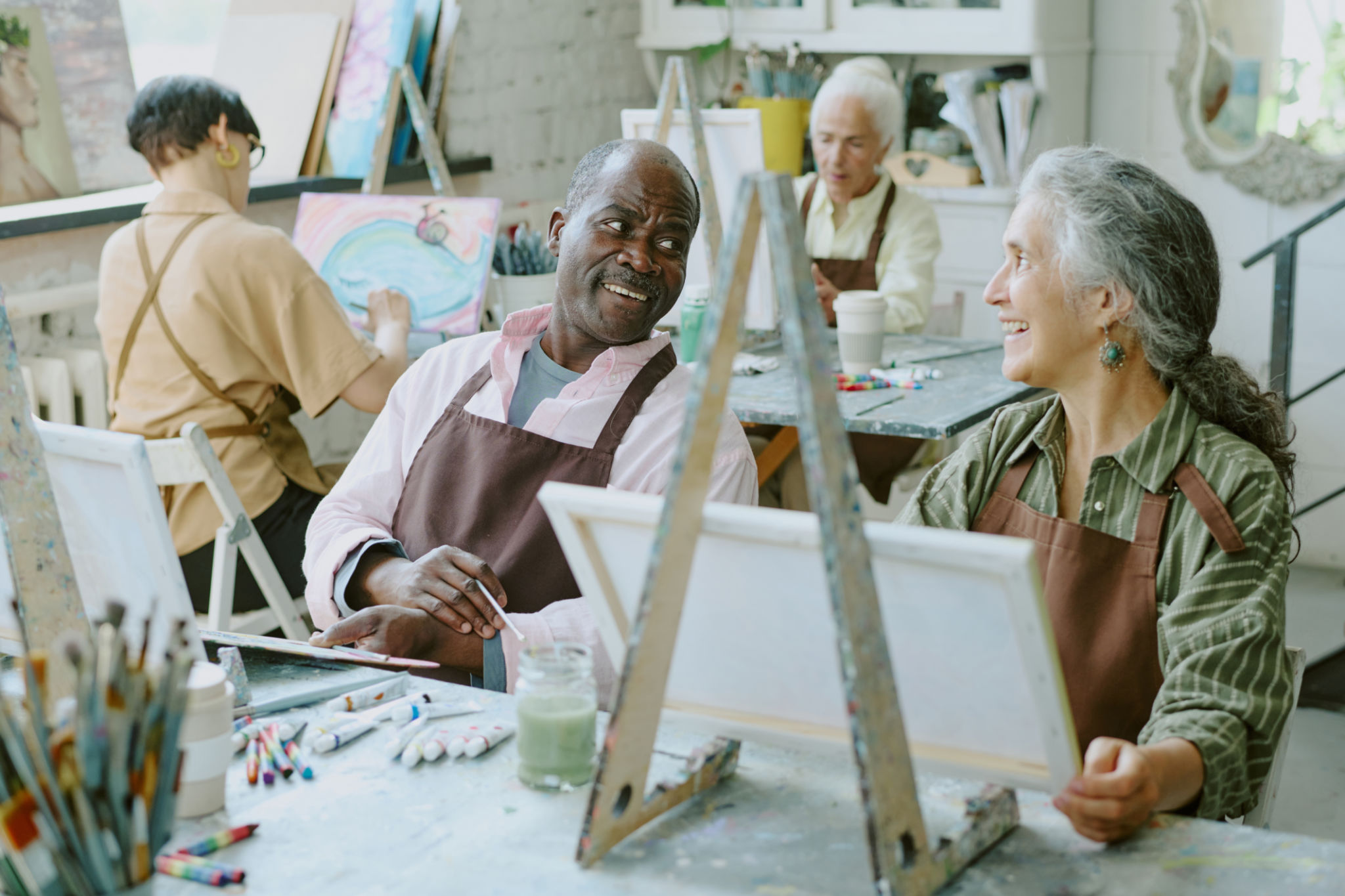The Rise of Eco-Friendly Art in Singapore: A Local Perspective
Understanding Eco-Friendly Art
In recent years, the global art community has experienced a significant shift towards sustainability, and Singapore is no exception. The rise of eco-friendly art in Singapore reflects a broader movement towards environmental consciousness. This transformation is not only about using sustainable materials but also involves promoting themes of nature and conservation within the art itself.
Eco-friendly art emphasizes the use of recycled, reclaimed, or organic materials, reducing the carbon footprint of art production. Artists are increasingly aware of their environmental impact and are actively seeking ways to make their work more sustainable. This trend is particularly relevant in Singapore, where space and resources are limited, making sustainability a practical necessity.

Local Artists Leading the Change
Several Singaporean artists have emerged as pioneers in the eco-friendly art movement. These artists are not only transforming their creative processes but also inspiring others to adopt sustainable practices. By using materials like reclaimed wood, recycled paper, and natural dyes, they are redefining what it means to create art in an environmentally responsible way.
Prominent figures such as sculptors and painters are showcasing their work in exhibitions that focus on sustainability. These events not only highlight the beauty of eco-friendly art but also educate the public on the importance of environmental stewardship. Through workshops and community engagements, these artists are spreading awareness and encouraging more people to make conscious choices about art consumption.

The Role of Art Institutions
Art institutions and galleries in Singapore are playing a crucial role in promoting eco-friendly art. By hosting exhibitions and supporting artists who prioritize sustainability, these institutions are driving the conversation forward. Galleries are beginning to recognize the value of eco-friendly art not just for its aesthetic appeal but also for its potential to spark change.
Moreover, educational programs focused on sustainability in art are becoming more prevalent. These initiatives aim to nurture a new generation of artists who are mindful of their environmental impact. By integrating sustainability into their curricula, art schools in Singapore are ensuring that eco-friendly practices become a standard part of artistic development.

Community Involvement and Impact
The rise of eco-friendly art is also fostering stronger community ties. Collaborative projects between artists and local communities are encouraging public participation in sustainable practices. These projects often involve creating artworks from recycled materials collected from neighborhood clean-ups, turning waste into beautiful installations that serve as powerful reminders of our environmental responsibilities.
This community involvement not only enhances environmental awareness but also strengthens social bonds. People from different backgrounds come together to contribute to something larger than themselves, fostering a sense of unity and shared purpose. As a result, eco-friendly art is not just transforming the artistic landscape but also enriching the social fabric of Singapore.

The Future of Eco-Friendly Art in Singapore
The future of eco-friendly art in Singapore looks promising as more artists, institutions, and communities embrace sustainable practices. This movement is expected to grow as awareness of environmental issues continues to rise globally. With Singapore's commitment to becoming a green city, the integration of eco-friendly art aligns perfectly with national sustainability goals.
As more people recognize the importance of sustainability in all aspects of life, including art, the demand for eco-friendly creations is likely to increase. This shift will not only benefit the environment but also offer new opportunities for artists to innovate and explore novel creative processes. The rise of eco-friendly art in Singapore is a testament to the power of creativity in driving positive change.